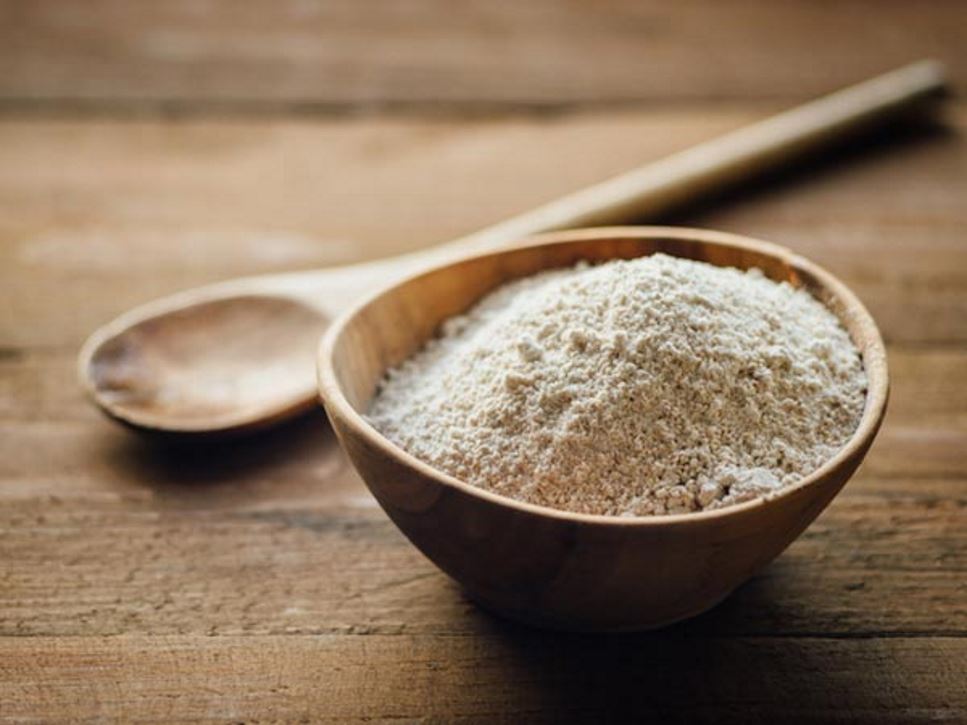Do your kids turn up their noses when you try to get them to eat bread or other foods made with whole wheat? Then you haven't tried white whole-wheat flour!
Never heard of white whole-wheat flour? You are not alone. Many people don’t know about this kid-friendly ingredient. The term "white" refers to the type and color of the kernels. Instead of a brown outer shell, the outer shell of these kernels is white. And, you make white whole-wheat flour from these white-colored wheat kernels.
Both white whole-wheat flour and whole-wheat flour are whole grains. Red wheat kernels milled with the bran are what most Americans think of as whole-wheat flour. The bran has a dark color, heavy texture and a flavor that some don’t like. Traditional white flour, called refined all-purpose flour also is made from red wheat kernels. However, there is no bran in this refined flour. Thus, it is not a whole grain.
In the Kitchen
The Dietary Guidelines for Americans recommend that people eat more whole grains. And, many think their only choice is whole-wheat flour. But this type of flour, while full of nutrients, is not a favorite for baking. Whole-grain flour makes baked goods heavy. To get around this, recipes often mix whole-wheat flour with refined all-purpose flour. But, the final baked product won't be 100% whole-grain.
White whole-wheat flour, on the other hand, is lighter in color and texture, milder in flavor and sweeter in taste. Use it in your recipes and get the fiber, vitamins and minerals of without sacrificing taste. Baked goods made with white whole-wheat flour mimic their refined counterparts in color and texture. It is a terrific way to boost your family's whole grains intake with minimal effort. The milder flavor of white whole wheat may be more acceptable to children. The sweetness of white whole wheat also allows you to use less sugar or other sweeteners when baking.
In the Store
Most mainstream grocery stores sell white whole-wheat flour and products made with this flour. Look for words including “100% whole wheat" on bread packages and other products touting a whole-grain status. Or, you can look for the Whole Grain Council's "100% Whole Grain" stamp. To tell the difference between products made with white whole-wheat flour and those made with regular white flour, look at the ingredients list. Pick items that have whole wheat, not refined or enriched wheat.
Find a Nutrition Expert
Looking for credible nutrition information and recommendations? The Academy of Nutrition and Dietetics' network of credentialed food and nutrition practitioners are ready to help!
